当今世界经济的三大支柱PPT课件
- 格式:ppt
- 大小:124.00 KB
- 文档页数:17
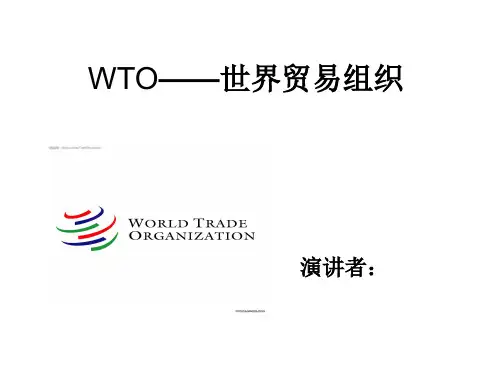
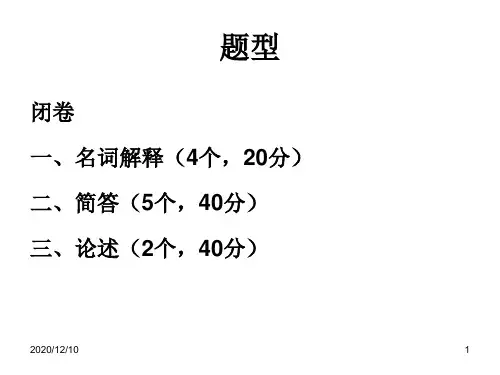
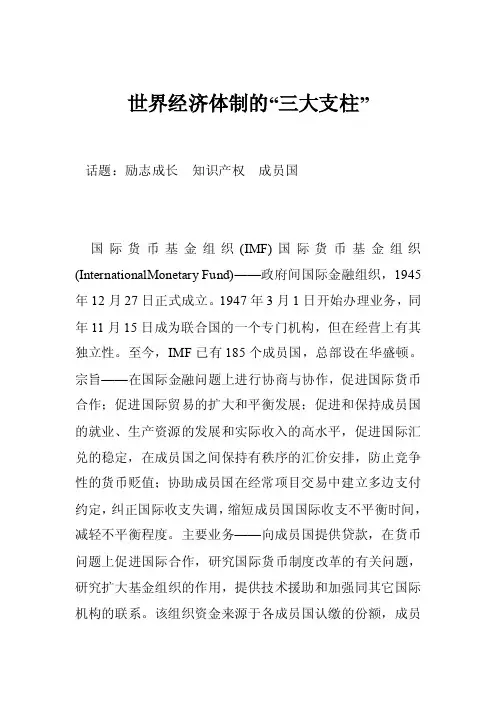
世界经济体制的“三大支柱”话题:励志成长知识产权成员国国际货币基金组织(IMF)国际货币基金组织(InternationalMonetary Fund)——政府间国际金融组织,1945年12月27日正式成立。
1947年3月1日开始办理业务,同年11月15日成为联合国的一个专门机构,但在经营上有其独立性。
至今,IMF已有185个成员国,总部设在华盛顿。
宗旨——在国际金融问题上进行协商与协作,促进国际货币合作;促进国际贸易的扩大和平衡发展;促进和保持成员国的就业、生产资源的发展和实际收入的高水平,促进国际汇兑的稳定,在成员国之间保持有秩序的汇价安排,防止竞争性的货币贬值;协助成员国在经常项目交易中建立多边支付约定,纠正国际收支失调,缩短成员国国际收支不平衡时间,减轻不平衡程度。
主要业务——向成员国提供贷款,在货币问题上促进国际合作,研究国际货币制度改革的有关问题,研究扩大基金组织的作用,提供技术援助和加强同其它国际机构的联系。
该组织资金来源于各成员国认缴的份额,成员享有提款权,即按所缴份额的一定比例借用外汇。
1969年创设“特别提款权”的货币(记账)单位,作为国际流通手段的一个补充,以缓解某些成员国的国际收入逆差。
成员国有义务提供经济资料,并在外汇政策和管理方面接受该组织的监督。
组织机构——最高权力机构为理事会,由各成员国派正、副理事各一名组成,一般由各国的财政部长或中央银行行长担任。
执行董事会负责日常工作,行使理事会委托的一切权力,由22名执行董事组成,其中6名由美、英、法、德、日、俄、中、沙特阿拉伯指派,其余16名执行董事分别由其他成员国组成的16个选区选举产生。
执行董事每2年选举一次。
总裁由执行董事会推选,负责基金组织业务工作,任期5年,可连任,另外还有三名副总裁。
中国是该组织创始国之一。
1980年4月17日,国际货币基金组织正式恢复中国代表权。
1991年,该组织在北京设立常驻代表处。
基金功能——(1)外汇资金融通。
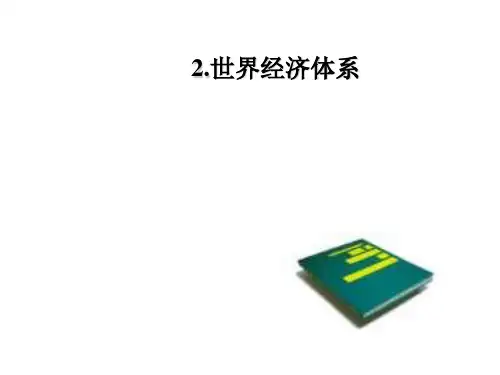



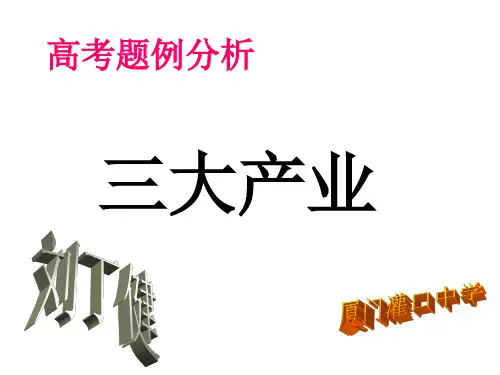
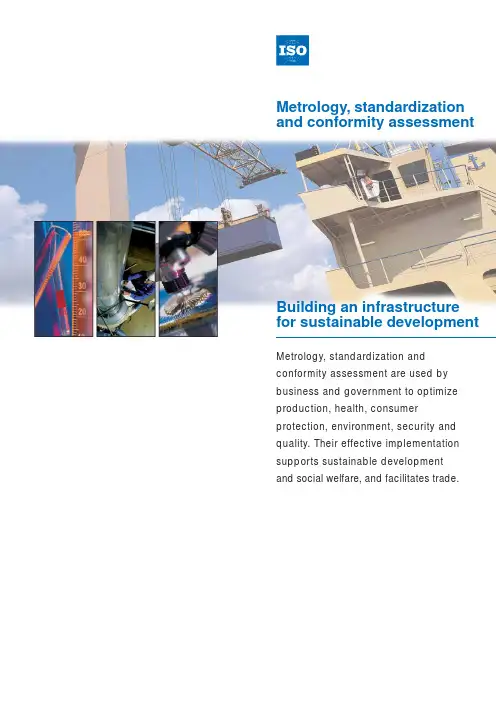
Metrology, standardization and conformity assessmentMetrology, standardization and conformity assessment are used by business and government to optimize production, health, consumer protection, environment, security and quality. Their effective implementation supports sustainable developmentand social welfare, and facilitates trade.Building an infrastructure for sustainable developmentThree pillars of sustainable development, 2006Metrology includes work by national measurement institutes and inter-national treaties such as the Metre Convention – which gives authority to the International Committee for Weights and Measures (CIPM) and the International Bureau of Weights and Measures (BIPM) to act on measure-ment standards of ever-increasing accuracy, range and diversity. Thereis a need to demonstrate equivalence between national measurement standards.The CIPM Mutual Recognition Arrangement provides governments and other parties with a secure technical foundation for wider agreements related to international trade, commerce and regulatory affairs. It helps to eliminate technical barriers to trade and instill greater confidence in the measurement capabilities of individual countries. The result is billions of dollars of increased trade.Legal metrology is coordinated by the International Organization of Legal Metrology (OIML). Legal metrol-ogy specifications are produced within the OIML and are adopted in all countries. The OIML also provides other valuable services such as a model law on metrol-ogy that can be used in setting up national technical infrastructure.International standards and their use in technical regulations on products, production methods and services play a vital role in sustainable development and trade facilitation – through the promo-tion of safety, quality and compatibility. The benefits derived are significant. Standardization contributes not only to international trade but also to the basic infrastructure that underpins society,including health and environment, while promoting sus-tainability and good regulatory practice.The leading organizations that produce International Standards are ISO, IEC and ITU. The scope of ISO covers standardization in all fields except electrical and electronic engineering, which are the responsibility of the IEC, and telecommunications covered by the ITU. The three organizations have a strong collaboration on standardization in the field of information technology. International standards, or national or regional adop-tions of international standards, help domestic markets to operate effectively, increase competitiveness and provide an excellent source of technology transfer to developing countries. They play an integral role in the protection of consumers and the environment.Developing countries face many trade-related standardization challenges. They require access to standardization infra-structure to engage in the global trading system. With the increasing globalization of markets, international standards (as opposed to regional or national standards) have become critical to the trading process, ensuring a level playing fi eld for exports, and ensuring imports meet internationally recognized levels of performance and safety.Standards can be broadly sub-divided into three categories: product , process and management systems . Product refers to the quality and safety of goods or services. Process refers to the conditions under which products and services are to be produced, packaged or refined. Management system standards help organizations to manage their operations. They are often used to create a framework within which an organization consistently achieves the requirements set out in product and process standards.The World Trade Organization Agreement on Technical Barriers to Trade (WTO/TBT) recognizes the contribution that international standardization can make to the transfer of technology from developed to developing countries, and the role of international standards and conformity assessment systems in improving the efficiency of pro-duction and in facilitating international trade.Three pillars of sustainable development :metrology, standardization and conformity assessmentstandardization pillarmetrology pillarEvery country needs a sound infrastructure to achieve its societal goals. At the most basic level, this means providing a plentiful supply of clean water and shelter. It means adequate internal transportation links, provi-sion of healthcare and an accessible education system. Beyond the basics, all societies wish to garner the benefits of the wider world of international trade. At the same time, they wish to be part of initiatives such as the United Nations Millennium Development Goals.As a result, there is an increasing awareness of the need to discuss, compare and improve infrastructures in the context of global economic efficiency, and market access for goods and services for both developed and developing countries. This is where metrology, standardization and conformity assessment come in. They are the pillars of knowledge for developing a technical infrastructure, and thereby enabling sustain-able development and full participation in international trade. And they are firmly linked together.Three pillars of sustainable development, 2006Building capacityThe t hree pillars described above are interdependent.Metrology and physical standards provide the basis for accurate measurements, the accepted performance of which can then be written in international standards, which can in turn be used as the basis for conformity assessment. But it is recognized that for many countries the cost of providing all these activities at their most advanced level is prohibitive. Even in the case of developed countries there are variations in the sophistication of each part of the technical infrastructure. In many cases some parts of the infrastructure may be jointly owned or shared by one or more countries. Sometimes, the services of another country are relied upon altogether.It is important for sustainable development and trade to ensure that societies and industries in developing coun-tries have access to a technical infrastructure that refl ects specifi c needs.Conformity assessment plays a critical role in building confidence for sustain-able development and trade.International Standard ISO/IEC 17000 defines conformity assessment as a “ d emonstration that specifi ed require-ments relating to a product, process, system, person or body are fulfi lled. ”Conformity assessment procedures, such as testing, inspec-tion and certifi cation, offer assurance that products fulfi l the requirements specifi ed in regulations and standards.Conformity assessment is specific to the object being assessed – it can be a product, a process or a management system – and to the body undertaking the assessment. For example, it may be the f irst party , such as the manufacturer of a product, which is making a supplier’s declaration of conformity using its own internal testing system or a third-party certification or inspection, undertaken by an independent service provider. The service provider could be a government agency or a private company.Each organization must decide which type of conform-ity assessment is necessary for which purpose. One of the crucial decisions is whether to make conformity assessment mandatory through government regulations in specific sectors, or whether to rely on the market to determine in a voluntary manner the conformity assess-ment requirements within normal transactions between buyers and sellers.This decision should be based on an assessment of the risks involved with a particular product or process, and on an understanding of the impact the associated costs and benefi ts will have on achieving sustainable develop-ment.Successive reviews of the WTO/TBT Agreement have noted the usefulness of ISO/IEC conformity assessment standards and guides in harmonizing conformity assessment practice and as benchmarks for the technical competence of assess-ment bodies, thus enhancing credibility and confi dence in their results. ISO/IEC’s conformity assessment work therefore helps to overcome technical trade barriers.Accreditation is the “ t hird-party attestation related to a con-formity assessment body conveying formal demonstration of its competence to carry out specifi c conformity assess-ment tasks” (ISO/IEC 17000). Establishing accreditation systems based on international standards and guides and linked with membership of the ILAC and/or IAF mutual recognition arrangements can help provide assurance to trading partners that suppliers of tests and certifi cates are competent. At the same time it helps in overcoming technical trade barriers and in complying with the require-ments of the WTO/TBT Agreement.conformity assessment pillar Any capacity-building efforts should be based on :• a thorough needs assessment for all parts of the econ-omy ;• the understanding that there is no ready-made model for technical infrastructure. Developing countries themselves must make policy decisions and provide an ongoing political commitment to those decisions ;• careful consideration of the assessed needs, based on the type and appropriate sequencing of assistance, to ensure the technical infrastructure is built in a sustain-able and planned manner ;• a clear articulation of the resources and fi nance that will be required to sustain the necessary technical infrastructure ;and • the fact that the development of a national technical infrastructure should not preclude consideration of bilateral or regional service delivery options that may achieve better economies of scale. The t hree pillars are vital for everyone. Provision of assist-ance aimed at strengthening the technical infrastructures of developing countries is necessary for sustainable devel-opment, and to enable developing countries to effectively participate in global trading.AcknowledgementThis publication is based on a paper entitled “Building corresponding technical infrastructures to support sustainable development and trade in developing countries and countries in transition” prepared by the Joint Committee on coordinationof assistance to developing countries in metrology, accreditation and standardization, JCDCMAS. The original document is available on . Members of the JCDCMAS are :•Bureau International des Poids et Mesures (BIPM)• International Accreditation Forum (IAF)• International Electrotechnical Commission (IEC)• International Laboratory Accreditation Co-operation (ILAC)•International Organization for Standardization (ISO)•International Trade Centre UNCTAD/WTO (ITC)•Telecommunication Standardization Bureau of ITU (ITU)•International Organization of Legal Metrology (OIML)•United Nations Industrial Development Organization (UNIDO)ISO Central SecretariatInternational Organization for Standardization1, rue de Varembé,Case postale 56CH-1211 Genève 20, SwitzerlandTel. + 41 22 749 01 11Fax + 41 22 733 34 30E-mail central@Web ISBN 92-67-10416-0•© ISO, 2006-02/3000。
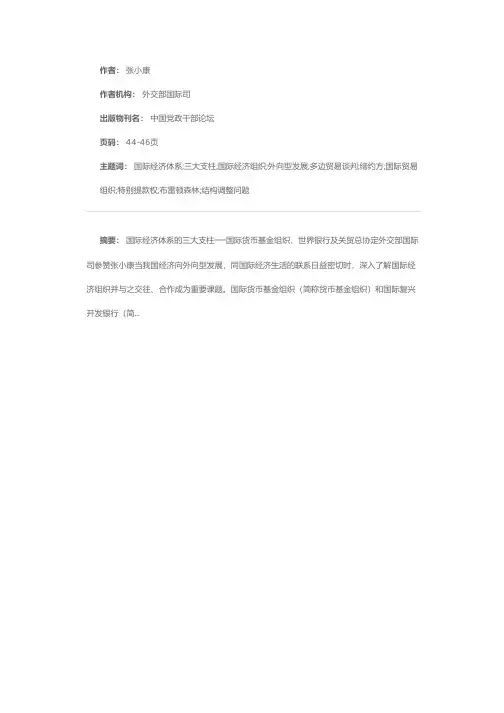
作者: 张小康
作者机构: 外交部国际司
出版物刊名: 中国党政干部论坛
页码: 44-46页
主题词: 国际经济体系;三大支柱;国际经济组织;外向型发展;多边贸易谈判;缔约方;国际贸易组织;特别提款权;布雷顿森林;结构调整问题
摘要: 国际经济体系的三大支柱──国际货币基金组织、世界银行及关贸总协定外交部国际司参赞张小康当我国经济向外向型发展,同国际经济生活的联系日益密切时,深入了解国际经济组织并与之交往、合作成为重要课题。
国际货币基金组织(简称货币基金组织)和国际复兴开发银行(简...。